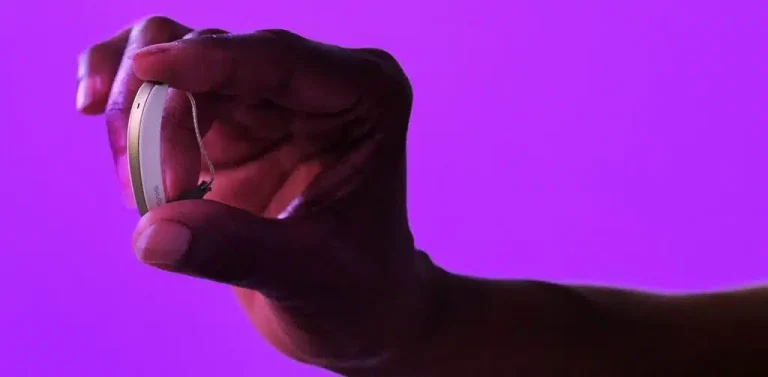Enjoying perfectly aligned teeth and a beautiful smile no longer requires sacrificing aesthetics and comfort for the duration of the orthodontic treatment, regardless of whether it is Braces or other alternatives.
However, it is the transparent aligners of Invisalign that have supposed a real revolution in the industry, since they allow to correct the position of the dental pieces in a practically imperceptible way, with hardly any discomfort.
What are the advantages of this treatment?
The Herald Palladium defines Invisalign as a type of transparent aligners for profound dental correction. Being a personalized method, it is not available for every Orthodontist clinic since, to work with them, it is necessary to count with an exclusive certification.
- The aligners are made with a material that goes completely unnoticed by others.
- Invisalign technology allows your patients to eat any type of food.
- Unlike the other braces, they can be removed at any time comfortably and discreetly.
- They reduce the frequency of visits to the dentist’s office and empower the patient to maintain correct oral hygiene without any additional effort.
How does Invisalign work?
When applying the ‘aligners,’ the orthodontic system of Invisalign uses digital 3D images of the patient’s mouth. From these, the orthodontist designs a detailed plan of dental movements carefully programmed from the initial position of the teeth to the desired final appearance.
In fact, unlike traditional orthodontics, with Invisalign, patients begin the treatment knowing what their smile will look like at the end of the process
On the other hand, Clinics such as Family Braces define it as “a meticulous treatment,” and it also breaks down its operation in the following way:
- Each aligner should be used at least 22 hours a day and between one and two weeks before replacing it with the next one.
- The displacements of the teeth are carried out gradually and little by little – as the ‘aligners’ are advanced – which also eliminates orthodontic pain.
- When replacing one aligner with another, the uncomfortable mouth tension usually doesn’t last beyond a few hours and is a sign that the treatment is working because the teeth are moving towards the projected final position.
- Unlike other solutions, the consultations are very fast because it is not necessary to adjust wires or metal elements, but simply check that the alignment is developed according to the plan programmed by the orthodontist.
- To clean the ‘aligners’ is not necessary too much effort, it is enough to brush and rinse them with water.

In which cases someone can use Invisalign?
An Orthodontist will recommend you to use Invisalign in all cases in which orthodontics is also advised, either invisible or with traditional ‘Braces’ – it is even possible to combine both techniques.
Having said this, let’s define what the problems that merit orthodontic intervention are:
- When the teeth don’t “fit.”
- When the patient has gingival irritation.
- When dental wear and jaw pain are notable.
Of course, there are not too many aesthetic reasons, because an aligned dentition is synonymous with a beautiful, healthy and careful smile.
In all these cases, the correct alignment and symmetry of the denture not only corrects the possible oral problems but also increases patients’ self-esteem when they discover they no longer have to hide their smile.
















